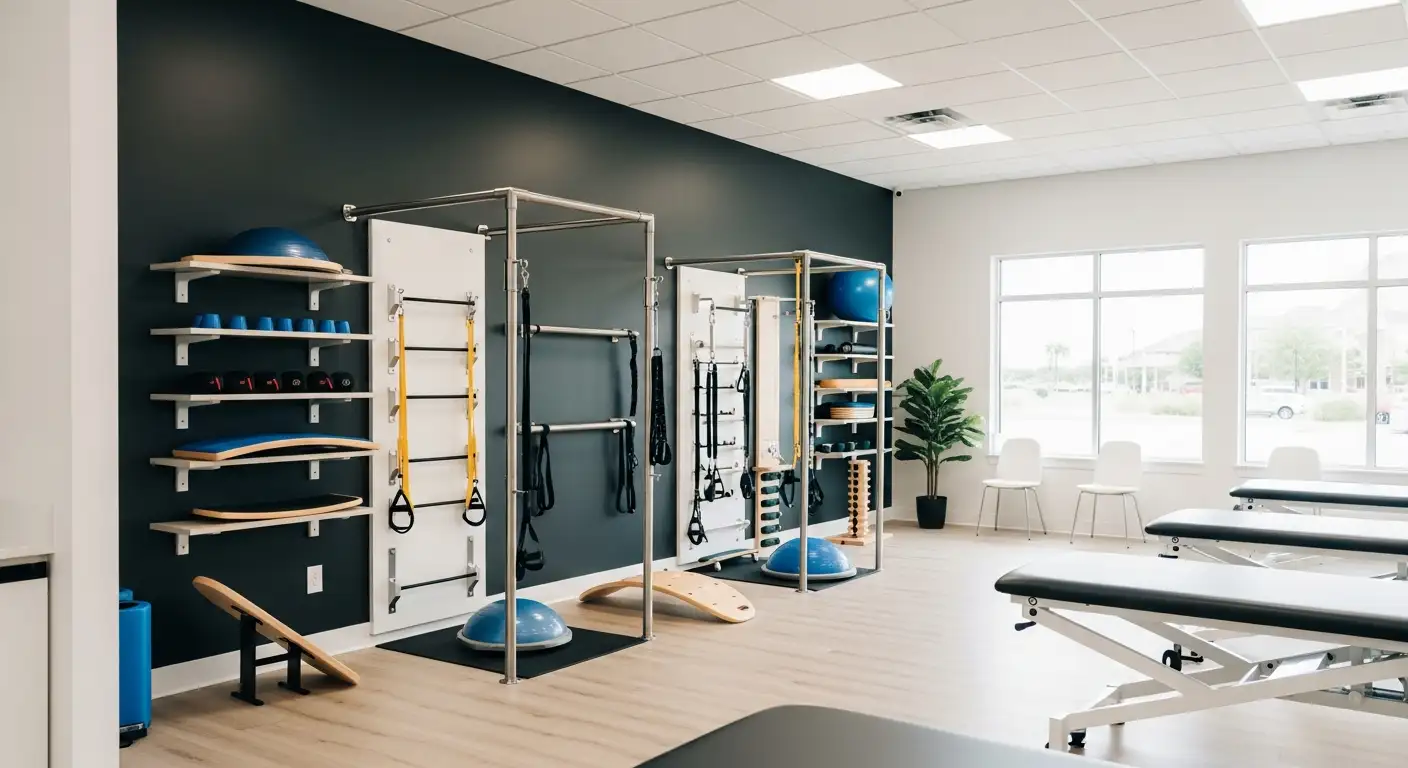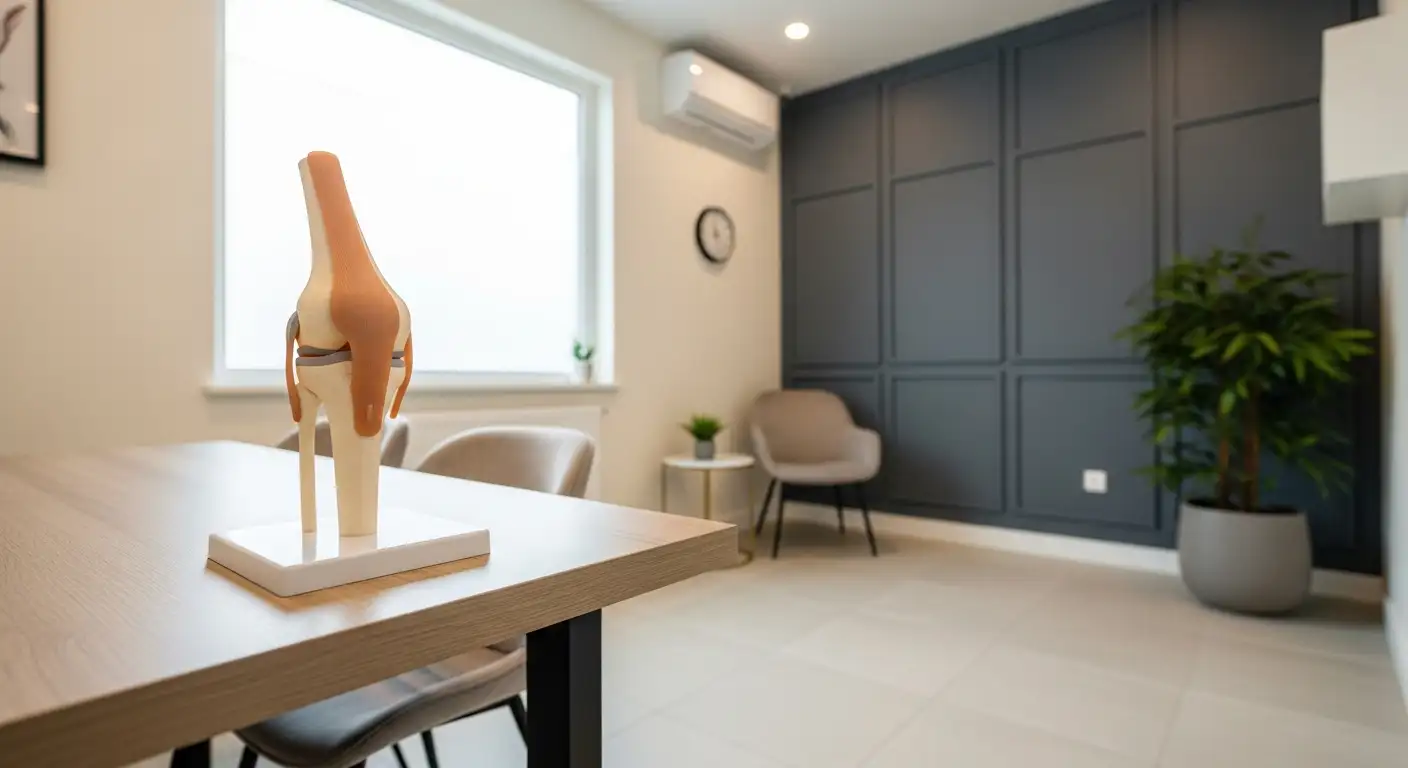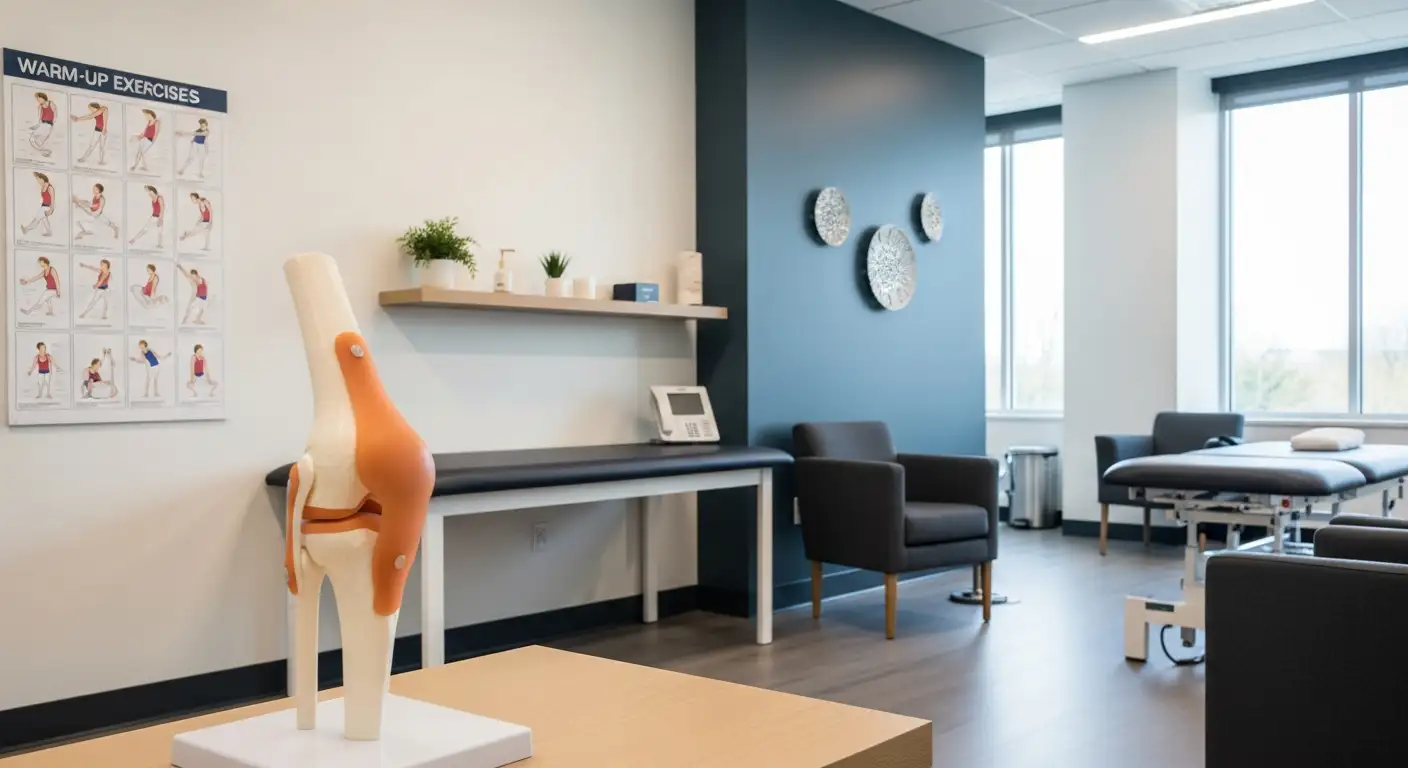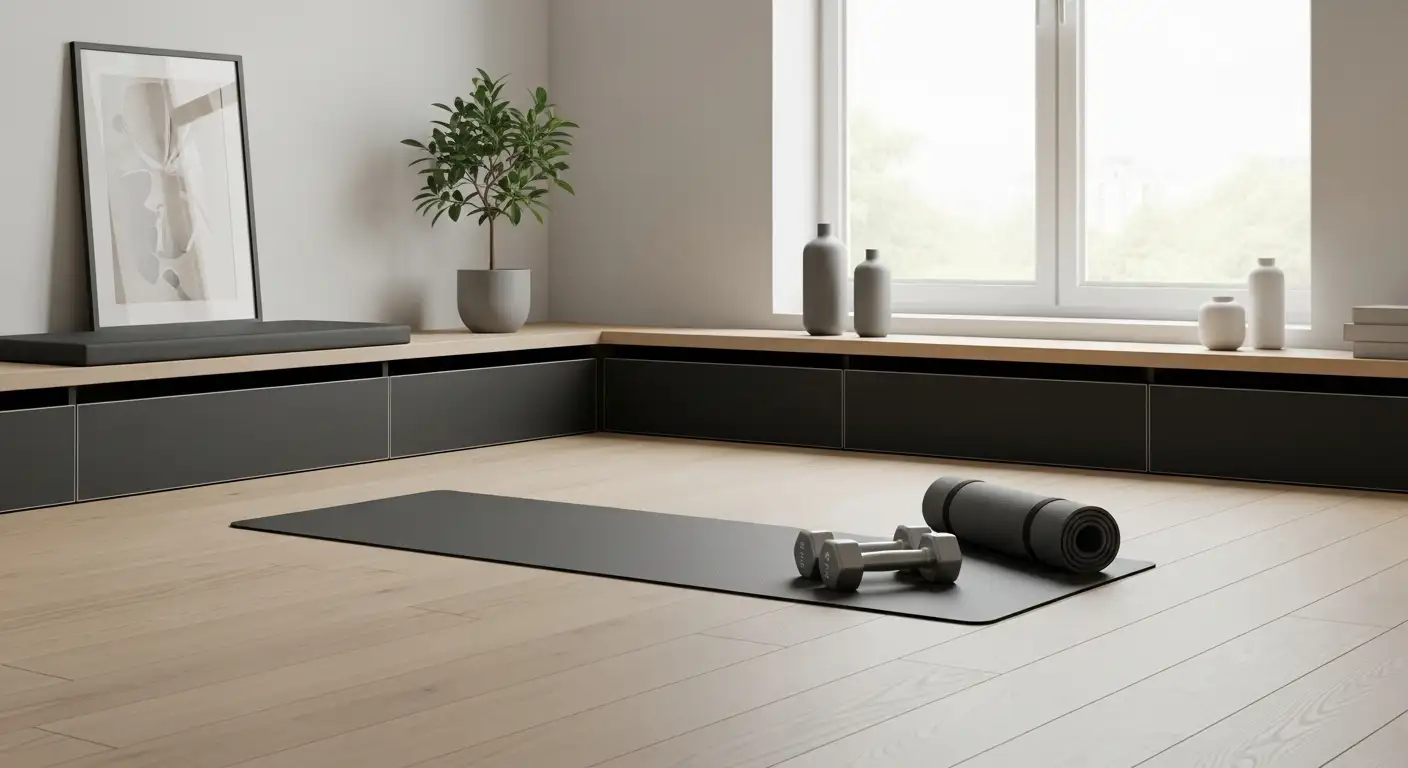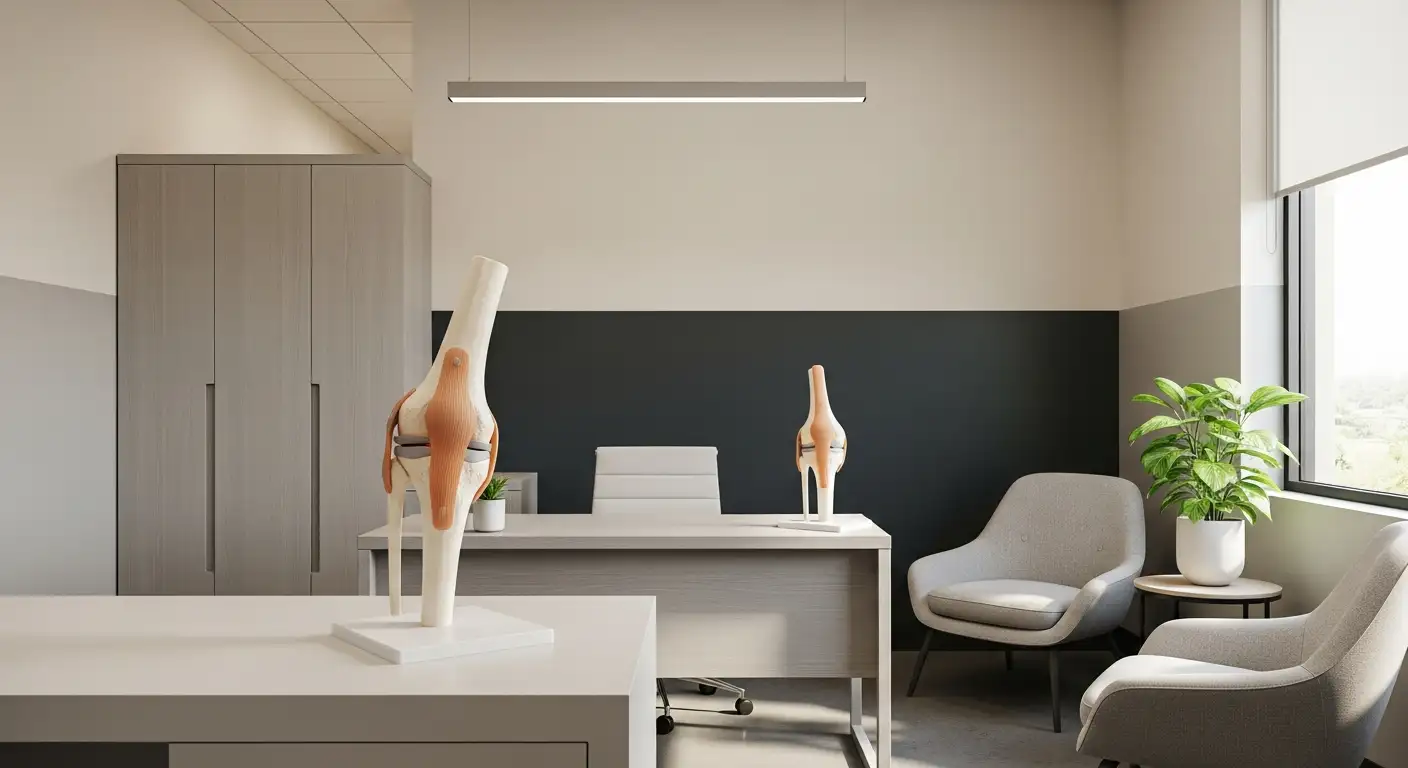Understanding Genu Recurvatum
Definition and Characteristics
Genu recurvatum is defined as knee extension greater than 5 degrees beyond the normal straight position. Individuals with this condition may experience knee pain and demonstrate an extension gait pattern. They often have poor proprioceptive control of terminal knee extension, which can lead to instability and discomfort during movement [1].

Some key characteristics of genu recurvatum include:
Types of Genu Recurvatum
Genu recurvatum can be classified into three distinct types: primary, secondary, and habitual. Each type presents unique causes and characteristics, which are important for understanding the condition.
Type of Genu RecurvatumDescriptionPrimaryCaused by inherent laxity of knee ligaments, often associated with genetic factors.SecondaryResults from knee injuries or conditions like an anterior cruciate ligament tear or knee joint instability.HabitualDevelops over time due to consistent habits, such as standing or walking with an altered knee position; may occur in athletes or individuals with specific training patterns.
Understanding these types is crucial for appropriate diagnosis and management. For more information about proprioception and related challenges, see our article on kneeling down.
Symptoms and Effects
Understanding the symptoms and potential complications associated with genu recurvatum syndrome is vital for effective management and treatment.
Key Symptoms
Individuals with genu recurvatum syndrome often experience several noticeable symptoms. Common symptoms include:
These symptoms can significantly affect daily activities and overall quality of life [2].
SymptomDescriptionPain in inner-leg or outer back of kneeDiscomfort in specific areas around the kneeExtension gait patternWalking style characterized by knee hyperextensionPoor proprioceptive controlDifficulty in sensing the position of the kneePinching in front of the kneeSensation of tightness or discomfortEndurance activity difficultiesStruggles with prolonged physical activity
Potential Complications
If genu recurvatum syndrome remains untreated, it can lead to several complications. Potential issues include:
Additionally, genu recurvatum imposes extra stresses on the muscles and ligaments. Patients may experience more frequent and severe injuries following an anterior cruciate ligament (ACL) rupture compared to those without knee hyperextension. This condition is often associated with disruption of the posterolateral corner and may form part of a triple varus deformity post-ACL rupture [3].
Furthermore, genu recurvatum can arise from three primary conditions:
In some cases, the cause may be idiopathic, meaning the specific origin is unknown.
By recognizing these symptoms and potential complications, individuals can seek appropriate medical evaluation and treatment options to manage this condition effectively. For more information on knee management, you can also explore our articles about kneeling down or knee wraps for pain.
Causes and Risk Factors
Understanding the causes and risk factors associated with genu recurvatum syndrome is crucial for effective management and prevention.
Underlying Causes
Genu recurvatum, characterized by hyperextension of the knee, can have several underlying causes that contribute to its development. The primary causes include:
In some cases, injuries that result in excessive backward motion of the knee can lead to significant disability [2]. Certain anatomical issues, such as an anterior tibial slope or injuries to the oblique popliteal ligament, have been identified as contributors to increased knee hyperextension.
Underlying CausesDescriptionLigament LaxityInherent looseness in the knee ligaments can lead to instability.Joint AlignmentMisalignments can cause improper knee mechanics.Muscle WeaknessWeakness in surrounding muscles may contribute to instability.Connective Tissue DisordersConditions affecting the body's connective tissues can result in laxity.Congenital DefectsBirth-related deformities affecting the knee structure may lead to this condition.
Risk Factors Identified
Various risk factors may increase the likelihood of developing genu recurvatum syndrome. Research indicates that:
Risk FactorsDescriptionGenderWomen are more likely to develop genu recurvatum.Family HistoryGenetic predisposition to ligamentous laxity can increase risk.Past Knee InjuriesPrevious injuries can lead to instability.Neuromuscular ConditionsDisorders affecting muscle control raise susceptibility.Age and ActivityYounger individuals engaged in sports may experience higher rates of injury.
Understanding these underlying causes and risk factors helps in the diagnosis and eventual management of genu recurvatum syndrome. For more information on knee-related concerns, you may check articles on knee wraps for pain and stabbing pain in the knee cap.
Diagnosis and Evaluation
Clinical Examination
The assessment of genu recurvatum syndrome often begins with a thorough clinical examination. During this evaluation, healthcare professionals observe the patient's knee alignment and movement patterns. They look for increases in heel height, which frequently indicate possible injuries to key structures such as the anterior cruciate ligament (ACL) or the posterolateral corner of the knee. Certain specific injuries, like isolated fibular collateral ligament tears or avulsions of the biceps femoris tendon, can also contribute to increased heel height in individuals with genu recurvatum [5].
Diagnostic Methods
To evaluate the degree of genu recurvatum, one effective diagnostic approach involves measuring heel heights. Each centimeter of heel height corresponds to one degree of hyperextension. This straightforward measurement technique provides valuable insights into the severity of the condition.
Heel Height (cm)Degrees of Hyperextension1122334455
This method becomes particularly useful when comparing the heel heights of both knees. An increase in heel height can strongly indicate genu recurvatum, especially when assessed against the contralateral (opposite) knee.
For patients presenting with genu recurvatum without associated injuries to the cruciate or collateral ligaments, initial treatment generally consists of a rehabilitation program focused on strengthening the quadriceps. If these conservative measures do not yield satisfactory results, surgical options, such as a biplanar proximal tibial osteotomy, may be considered. This procedure aims to enhance the patient's posterior tibial slope, demonstrating documented effectiveness in alleviating knee hyperextension and supporting a return to normal functionality [5].
Treatment Approaches
Non-Surgical Treatments
For individuals with genu recurvatum syndrome, various non-surgical treatments can help alleviate symptoms and improve knee function. The primary objectives of these treatments are to correct muscle imbalances, enhance proprioception, and maintain proper knee alignment during activities. The following options are commonly recommended:
Treatment TypeFocusExpected OutcomeBracingSupport & limit hyperextensionImproved stabilityOrthotic DevicesCorrect foot postureBetter knee alignmentMuscle StrengtheningQuadriceps trainingIncreased muscle controlGait TrainingCorrect walk patternsEnhanced walking efficiencyProprioceptive TrainingBody awarenessPrevents injury and maintains alignment
More detailed information can be found in articles about kneeling down and target resistance bands.
Surgical Interventions
In cases where non-surgical methods fail to provide relief, surgical options may be necessary. Surgical interventions aim to reduce knee hyperextension and improve overall functionality. Common surgical procedures for genu recurvatum include:
Such interventions are typically reserved for severe cases of genu recurvatum where there is no improvement from rehabilitation efforts, particularly when quadriceps strengthening is insufficient. Documented success in reducing hyperextension allows patients to achieve higher levels of physical activity.
Surgical ProcedurePurposeExpected OutcomeBiplanar Proximal Tibial OsteotomyAdjust posterior tibial slopeReduced knee hyperextensionProximal Tibial Anteromedial / Anterolateral OsteotomyCorrect tibial alignmentImproved knee function and stability
For additional resources on knee-related issues, consider reading about stabbing pain in knee cap and knee wraps for pain.
Management Strategies
Rehabilitation Programs
Patients diagnosed with genu recurvatum syndrome are encouraged to follow a structured rehabilitation program tailored to their specific condition. These programs primarily aim to strengthen the quadriceps and improve knee stability. Treatment typically begins with exercises designed to enhance the musculature around the knee, which plays a crucial role in supporting proper knee function.
Rehabilitation should emphasize the following key components:
Focus AreaDescriptionMuscle StrengtheningTargeting the quadriceps and hamstrings to provide stability and support.ProprioceptionEnhancing balance and coordination to avoid compensatory movements that may exacerbate the condition.Knee AlignmentMaintaining proper alignment during physical activities to prevent further strain on the knee.
For patients with genu recurvatum who do not have any associated cruciate ligament or collateral knee injuries, a rehabilitation program serves as the first line of treatment. This approach aims to boost muscle control and overall knee function [6].
Functional Training
Functional training forms an essential part of managing genu recurvatum, focusing on exercises that improve daily functioning and reduce the risk of injury. This type of training is especially important for individuals dealing with knee pain or instability. Functional exercises help patients develop the necessary strength, coordination, and balance required for everyday activities.
Key elements of functional training for individuals with genu recurvatum include:
Exercise TypeBenefitsPrescribed MovementsActivities designed to mimic daily tasks, promoting practical strength and flexibility.Balance TrainingExercises targeting stability can reduce the risk of falls and knee injuries.Corrective MovementsFocused on correcting movement patterns that may lead to knee pain or exacerbate existing issues.
Patients suffering from lower extremity pain, particularly those that are overweight, may benefit significantly from tailored functional training routines. These routines aim to enhance muscle control, maintain appropriate knee alignment, and minimize the risk of further injury [6].
Implementing rehabilitation programs alongside functional training not only helps manage symptoms but can also improve the overall quality of life for individuals with genu recurvatum syndrome. For more information on related knee issues, you can explore our sections on stabbing pain in knee cap and normal knee.
References
[2]:
[3]:
[4]:
[5]:
[6]:
